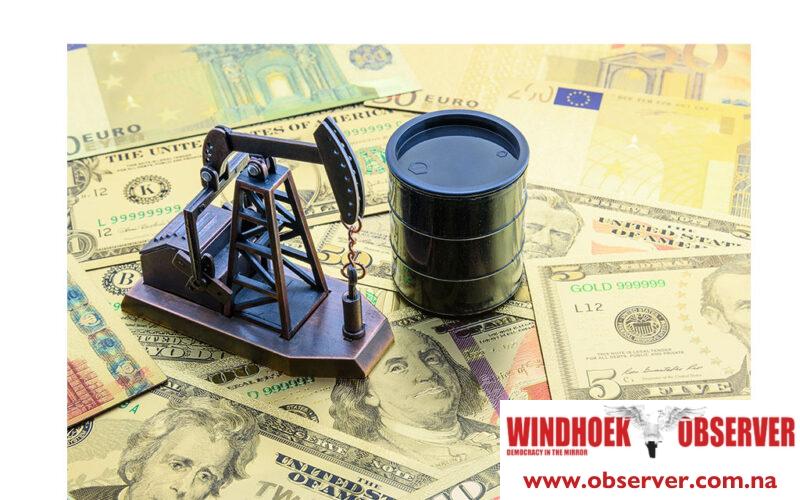Chamwe Kaira
Namibia takes a direct hit whenever oil prices rise or the US dollar strengthens on global markets.
The country imports all its refined fuel, has no domestic refining capacity, and holds only modest foreign currency reserves.
According to a report by Simonis Storm Securities, these external shocks drive up imported inflation and widen trade imbalances.
The firm estimates that a sustained 10% rise in Brent crude prices increases Namibia’s headline inflation by between 0.8 and 1.2 percentage points. The impact depends on how fast the higher costs filter through and how stable the currency remains.
“The Namibia dollar has remained tentatively stable in recent weeks, but its correlation with DXY and Brent has begun to tighten again, pointing to downside risk if oil spikes further and the US Fed turns more hawkish,” the report said.
Simonis noted that the Bank of Namibia faces a classic small-open-economy dilemma.
“On one hand, domestic inflation has cooled, and growth remains weak, justifying rate cuts. On the other, a prolonged oil shock would widen the trade deficit, deteriorate real disposable income, and force higher inflation via second-round effects (logistics, food, transport).”
If the Namibian dollar weakens significantly, the cost of all imported goods will increase. This would undermine any hopes of a consumer-led recovery. “In short, the central bank may be forced to pause or delay easing, despite local growth weakness, unless a credible de-escalation occurs,” the report said.
Simonis also warned of regional effects. Namibia serves as a fuel and logistics hub for Zambia, the Democratic Republic of Congo, and parts of Botswana. “Higher diesel prices will strain cross-border haulage economics, reduce margins, and may shift trade flows away from Walvis Bay if cost unpredictability rises.”
The country also has limited strategic fuel storage and depends heavily on South African refineries and routes, both of which face regional risks.
Namibia’s government lacks the financial space to subsidise fuel if oil prices remain high for months. The national budget is tight, public debt is high, and foreign reserves are small compared to external liabilities. “This makes the country exceptionally vulnerable to external supply shocks combined with dollar strength, a toxic combination for frontier economies,” Simonis said.
“The energy market is no longer trading supply and demand; it is repricing fragility.”
The report said Brent crude’s recent rally above US$85 per barrel, even without a clear supply disruption, reflects a shift in how geopolitical risk is priced. “It marks a regime shift in how geopolitical risk is priced: forward-looking, structural, and inflationary”.
It also noted that the Brent curve is in backwardation, with front-month contracts trading more than US$5 above twelve-month futures. This suggests markets expect lasting risk to remain embedded.




